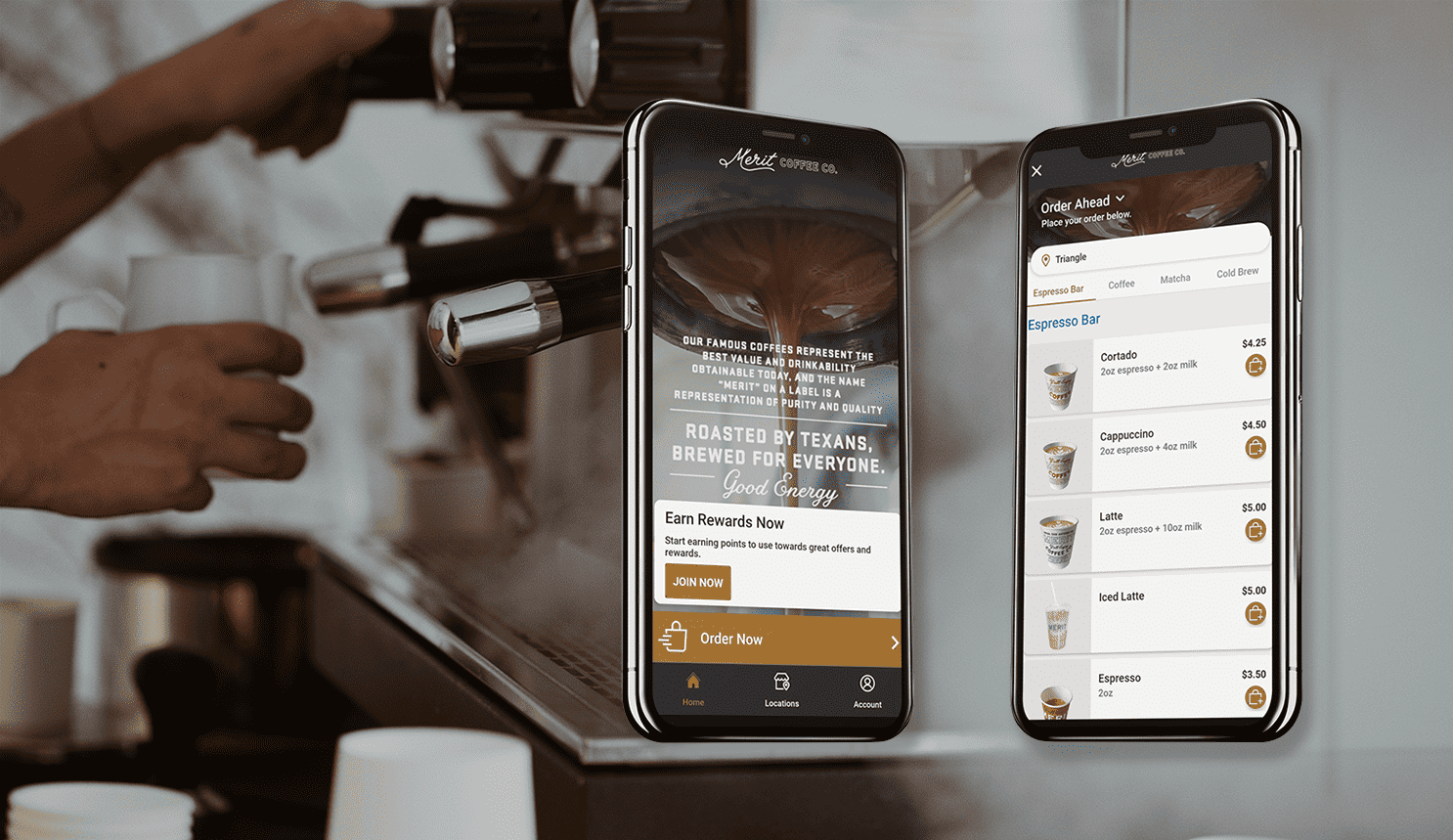

Meet Grant Lieberman, a seasoned restaurant tech leader who knows how to help restaurants grow through digital engagement. He’s seen success promoting restaurant apps while working in-house at several multi-unit brands, and lucky for us, CardFree was able to snag him as our VP of Customer Success and Technology. Before joining CardFree, Grant worked cross functionally with the marketing team at a national fast-casual chain. There, he helped transform the company’s digital customer experience and loyalty program, successfully boosting digital sales and app adoption.
We sat down with Grant to pick his brain about that experience and what it takes for restaurants to succeed in the digital game, including tips and insights on promoting your restaurant app, driving adoption, and keeping customers engaged.
Can you tell us about your most recent experience on the in-house digital team? What kind of changes did your team make with their app to increase adoption?
When I joined, the restaurant was going through a rebranding process, so we wanted to make sure that the app reflected the changes happening in the restaurant. Inside the restaurants, we were updating the digital menu and display screens, changing the colors and wall graphics – it was a pretty significant transformation inside the four walls, so we knew we had to update the app to create a seamless digital-to-physical experience. In the restaurant, guests can walk down the line and customize their order as it’s being made, so we recreated that experience digitally through simple scrolling boxes and high quality photos. We also revamped the loyalty program with a rewards system where customers can accumulate points for free items.
On top of that, our goal was to make the app experience even easier for the consumer – we updated the app with a simpler interface and bold graphics, photos, and a streamlined one-click checkout process. That’s one reason why Amazon has been so successful – after you enter your info once, every other time you order checkout is just one click and you’re done. So that was important, having a super easy checkout process – the fewer steps and clicks customers have to go through, the easier your app is to use, which creates an experience that people want to come back to.
The company also had a great customer service team in place so customers could actually reply to the text message or email promotions with questions. The responses from our team were sort of fun and playful, which was very on brand for us. If your restaurant is going to offer a full app experience with a loyalty program, it’s important to have some sort of customer response plan in place. And if you can communicate through your brand voice with your responses, as opposed to generic canned replies, that’s a great way to reinforce who you are as a brand.
How were you able to increase adoption for the app and loyalty program after the revamp?
To acquire new users, we offered a big giveaway of 500 loyalty points plus a $5 entree in the guest’s wallet for downloading the app and joining our loyalty program. In-store, we had lots of collateral like popup banners, signs on the windows and tables, and messaging on our digital screens to draw attention to the app and loyalty program. We offered a simple sign-up with a customer-facing display at the register where guests could easily enter their phone number to start the journey of signing up for the loyalty program. As a result, they would instantly receive a text with the offer to use on their next visit.
That signup would also automatically place them on our text distribution list so we could promote future offers to them and have them create their profile with an email address as well. From there we could track their spending habits at the store and place them into different email and text marketing segments based on the frequency of visits – for example, regular customers who come in once a week or more, customers who haven’t come in for 30 days, 60 days, etc.
What kind of tactics did you use for digital marketing? Were there other methods outside of the store you used to promote your restaurant app?
We placed messaging about the new user points and $5 entree offer on all of our to-go and delivery packaging with a QR code link to download the app, so that helped to drive adoption. When promoting a restaurant app (or in this case, re-launching one), businesses should communicate using all the physical and digital “real estate” available to them – not just to-go packaging and signage, but items like napkins, coffee sleeves, stickers, even staff t-shirts or uniforms if that’s something your restaurant does, social media cover images, your website homepage, Google or Yelp listing, etc.
On social media, we promoted the restaurant app and loyalty program through a mix of organic and paid posts, mostly on Instagram, but we did not put a huge portion of our budget into social ads. We also partnered with some influencers to get our brand out to new audiences.
One of the more effective digital strategies we used was brand partnerships. We were already using a certain hot sauce brand in some of our recipes, so we reached out to the hot sauce company about doing some collaborative marketing. They happened to be releasing a new hot sauce around the time we got in contact with them, so that ended up being a perfect marriage. We created an LTO product using their new hot sauce and co-branded it with them. We put their name on the product and slapped their logo on our website and socials with a big call out, and they did the same for us on their digital properties. And of course, when people saw that on our website, there was also messaging about downloading the app, so it all worked together nicely.
Can you speak a bit more on how you were able to keep customers engaged and coming back after the initial app download?
Like I mentioned before, by downloading the app, customers were not only giving us their contact info, but we could also see valuable data on what they order, how much they spend, and how frequently they visit. With that data collection, we were able to automate the process of segmenting customers into various lists. So, for example, if someone downloaded the app but never placed an order after, say 30 days, they’d be placed in a certain marketing segment and we’d send them emails or texts reminding them about the 500 unused loyalty points they received for that initial download. If a customer has placed a few orders and they’re consistently spending above a price threshold we put in place, then we can infer that they’re ordering for a family and we can push messages to them about BOGO family deals or similar types of offers aimed at families. Or, if someone has placed a few orders for a spicy item on our menu, we could send them messages or offers related to that hot sauce promotion I mentioned earlier.
Once you have that customer data and a means of communicating with those customers, it’s all about segmenting them in a meaningful way and delivering a message that resonates and communicates the value of what your restaurant has to offer.
While Grant’s experience is rooted in working for a large multi-unit brand, the size of your operation doesn’t have to hold you back from achieving success in the digital restaurant game. CardFree’s end-to-end platform offers solutions for restaurants of all sizes to implement the same tactics discussed in this post. CardFree’s user-friendly web and mobile apps can streamline your ordering while our one-tap payment process makes checkout as simple as possible. Furthermore, our loyalty platform allows restaurants to collect customer data and communicate offers via email and text, enabling you to keep your customers coming back for more. So whether you own a family diner or a large chain, we’ve got you covered.


